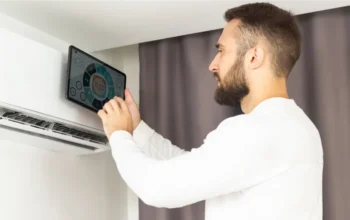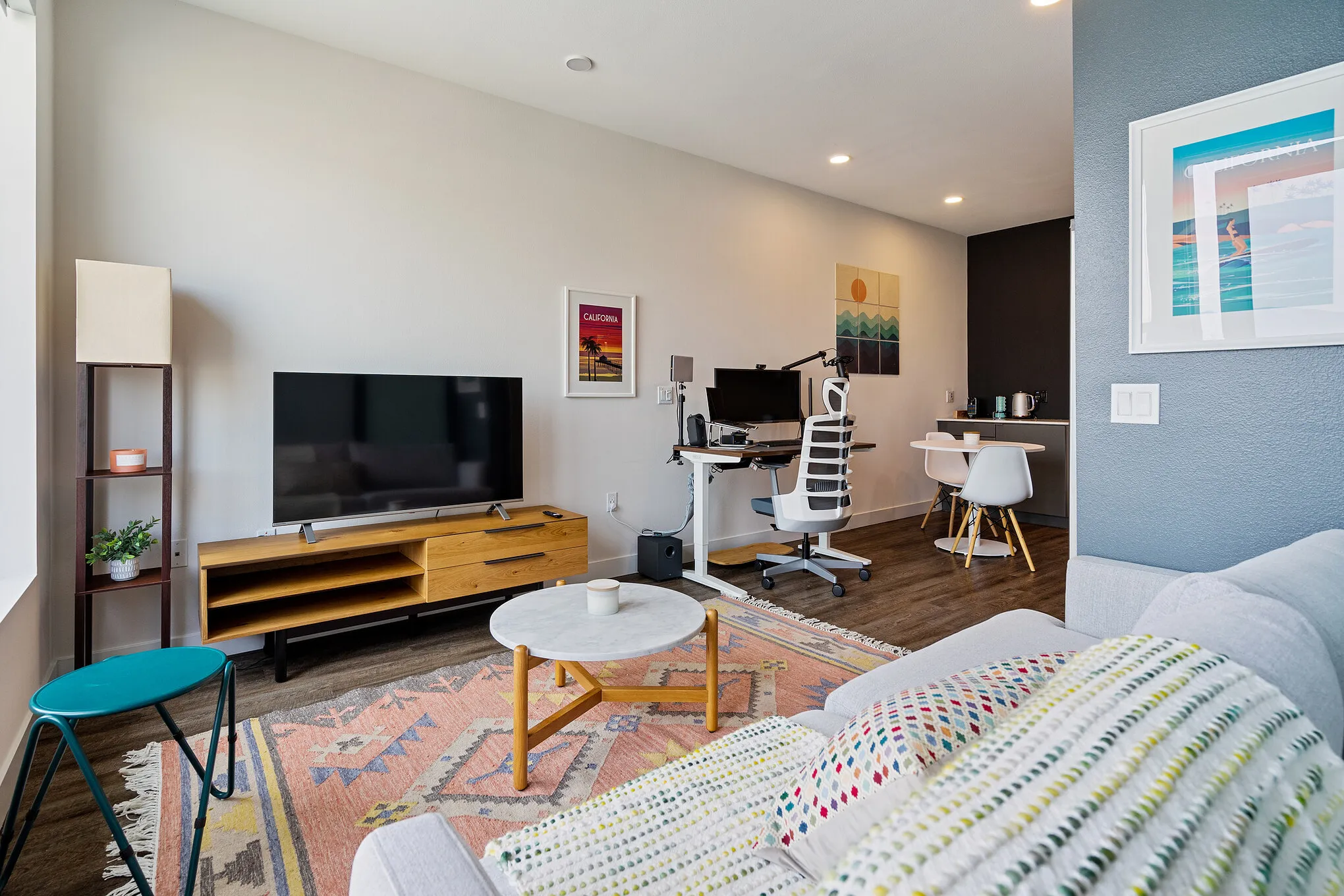There are a few more crucial sections of the architectural design and the safety of the building and that is the safety railing systems that are always ignored. Acquaintance with the fact that the installation of safety railings is a most important procedure may be the difference between a safe living environment and a potential disaster, regardless of whether you are building a new house, renovating the old house, or operating a business. Safety railing is like a guardian that does not talk, this guardian though mute keeps mishaps at a distance and saves lives both when it comes to safeguarding families on residential balconies and also in the workplace by making sure the stairs are safe within the business premises.
The Basic Objective of Safety Railing
Because the fall remains among the leading causes of injuries and death both at home and in the workplace, safety railings are mainly in place to eliminate them. Preventing people from accidentally falling over some higher areas like walkways, mezzanines, stairways, and balconies is the key point where all the safety railings are meant to be created in any form. Of special concern is this protective shield in areas where there is a high frequency of people walking, working, or congregating near edges or elevated platforms.
Besides fall prevention, safety railings make people psychologically comfortable. People are not as prone to accidents caused by indecision or intimidation because they are at ease in their environment which allows them to feel more free and at ease. This psychological element is particularly important in residential areas, business buildings, and open spaces where children and aging people can be found.
Crucial Balcony Applications
Among the most significant places, which require the installation of safety railings include the balconies. These outdoor spaces located many times more than a few stories high are risky when not fitted with proper safety equipment. Sturdy safety railing systems are particularly needed in residential balconies where the systems have to withstand most weather conditions and they need to offer ultimate protection to families and visitors.
Numerous concerns, including wind hundreds, climate publicity, and the specific sports that will occur on the balcony, must be considered while designing a balcony safety railing.No matter the dimension of the terrace or the balcony, the safety railing system would like to be powerful, durable and high enough to protect people adequately.
Safety Requirements for Steps
Specialized safety railing solutions are needed to address the particular safety issues that staircases bring. Safety railing is necessary for staircases in order to facilitate navigation and avoid falls, in contrast to balconies, which mainly require perimeter protection. Along the open sides of the staircase, the safety railing system must create obstacles and assist individuals going up and down.
Effective safety railing solutions are a major asset for interior staircases in both residential and commercial structures. These installations help seniors, those with mobility impairments, and anybody moving anything upstairs by providing necessary handholds in addition to preventing falls. These vital circulation routes’ use and safety are directly impacted by the height, positioning, and design of the stairway safety railing.
The Benefits of Stainless Steel and Material Considerations
The maintenance requirements, the lifetime, and the performance of safety railing systems strongly depend on the type of material used in them. Amongst all the options that one may consider, stainless steel railing has been adopted as the material of choice in a number of installations due to the distinctive set of attributes that it has that makes it ideal in installations that are critical in safety.
Because of its amazing features of resisting corrosion, stainless steel railing can be attached to interior and exterior surfaces. Salt air and other environmental factors, usually damaging other types of materials, do not affect this material, as it preserves the structural integrity as well as aesthetic value despite being subjected to dampness. Stainless steel is strong in weight, and this enables the designer to draw fashionable contemporary designs without lacking safety.
Adherence to Building Code and Legal Obligations
As in line with the constructing codes and protection guidelines, the set up of protection railings is a prison requirement and not only a depend on taste or splendor. These regulations determine the minimum heights, the loads, and the periodicity of the support among other relevant elements that promise to give people a sufficient supply of safety railing systems. The adherence to these laws is essential not only in safety matters but also liability.
The building rules specify that the height (minimum) of safety railings in commercial properties should be 42 inches and only 36 inches in residential areas unless the states have their laws on this perspective. The railing system has also to meet certain specific load requirements like being able to withstand both the horizontal and vertical loads by people leaning against the railing and pushing against it. These regulations ensure the safety railing systems can sustain real-world conditions of use.
Consolidation with Entrance Doors and General Architecture
Safety features and aesthetic considerations are being integrated more and more into modern building design. Safety railing systems must be able to complement other architectural features such as windows, the doorway, and the overall themes of the design of the structure. In this sense, through integration, safety measures do not undermine the beauty of the building, but on the contrary, they reinforce it.
It is especially significant in a residential and business environment where the connection between the two is vital for doors and safety railings. Frequently, entrance doors open onto terraces, balconies, or raised walks where railings are necessary for safety. When these components are designed in tandem, unified architectural solutions that put safety and beauty first are produced.
The variety of stainless steel railing systems’ design and coating options makes them very advantageous in this respect. The fundamental safety features of these systems can be altered to match a variety of entry door designs, from conventional to modern. Buildings’ overall architectural presentation is frequently improved by the sleek lines and contemporary look of stainless steel railing.
Extended Advantages and Expense Factors
The combination of high-quality safety railing systems does not only save safety concerns in the short-term but in the long-term as well. Correctly installed safety railing systems increase the value of property, reduce liability, and provide reliable protection with no maintenance for many years. Due to these long-term benefits, property owners get a good investment by installing the safety railings.
Installation costs for safety railings should be evaluated in light of the protection they offer and the possible expenses of mishaps that can happen in the absence of appropriate safety precautions. The cost of property damage, legal liabilities, and medical bills related to falls can greatly outweigh the initial outlay for high-quality safety railing systems. This perspective makes the installation of safety railings an economic and smart idea besides being a safety measure.
Some of the standard qualities seen in high-quality safety railing systems are proven durability records and long warranty periods, especially in stainless steel products. It is dependable enough to make it a cost-effective choice both at home and in business through the assurance that the initial sum will keep paying off well into the years.
Conclusion
Safety railings are an important aspect of modern construction design, as they ensure codes, and save lives, and property values. Providing security using good quality safety railing systems in the balconies or staircase or any other elevated places where people are accommodated provides the much-needed security that prevents accidents and gives the occupants of the building free accommodation places.
All these safety measures have long-term reliability requirements and require minimal maintenance because of the right type of materials used, in particular the stainless steel railing system. When safety railing systems are appropriately incorporated with other architectural features, such as entry doors and the general layout of the structure, they improve both safety and visual beauty.








